Big cats, including lions, tigers, leopards, and jaguars, are some of the most awe-inspiring creatures on Earth. Their majestic presence in the wild is not only a testament to their evolutionary prowess but also signifies the delicate balance of ecosystems they inhabit. One of the essential components for their survival in the wild is having access to large territories. This article delves into why big cats need expansive habitats, exploring various aspects that underscore the importance of territory size for their survival.
Understanding the Concept of Territory in the Animal Kingdom
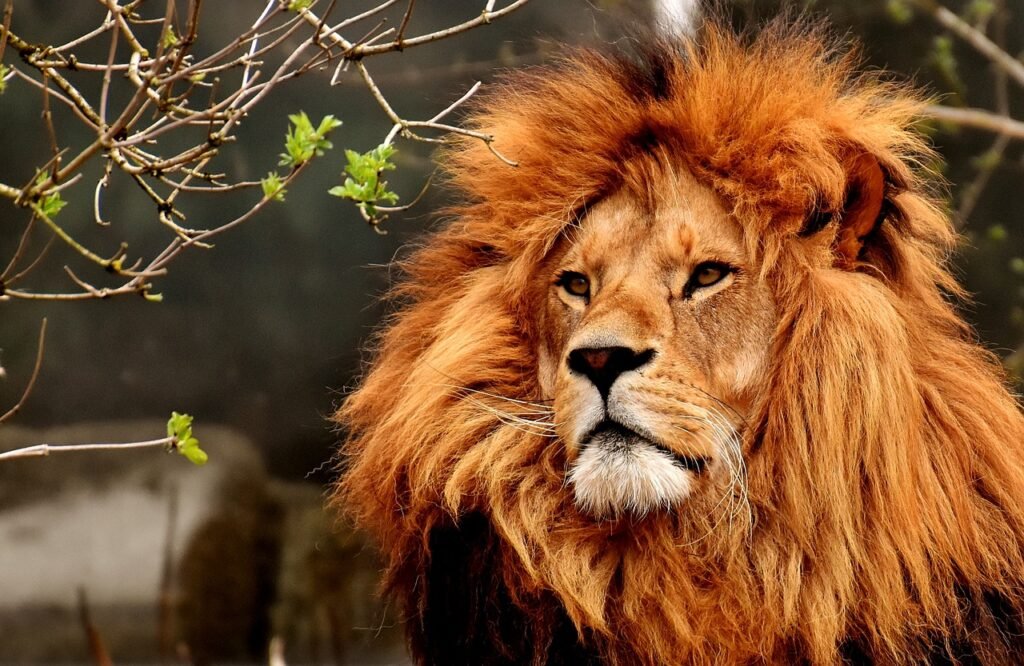
In the animal kingdom, a territory is a geographical area that an animal consistently defends against others of the same species. This area is where they source food, find mates, and raise their young. For big cats, territory serves as a critical component of their survival strategy, impacting their ability to thrive in the wild.
Resource Availability: A Key Factor
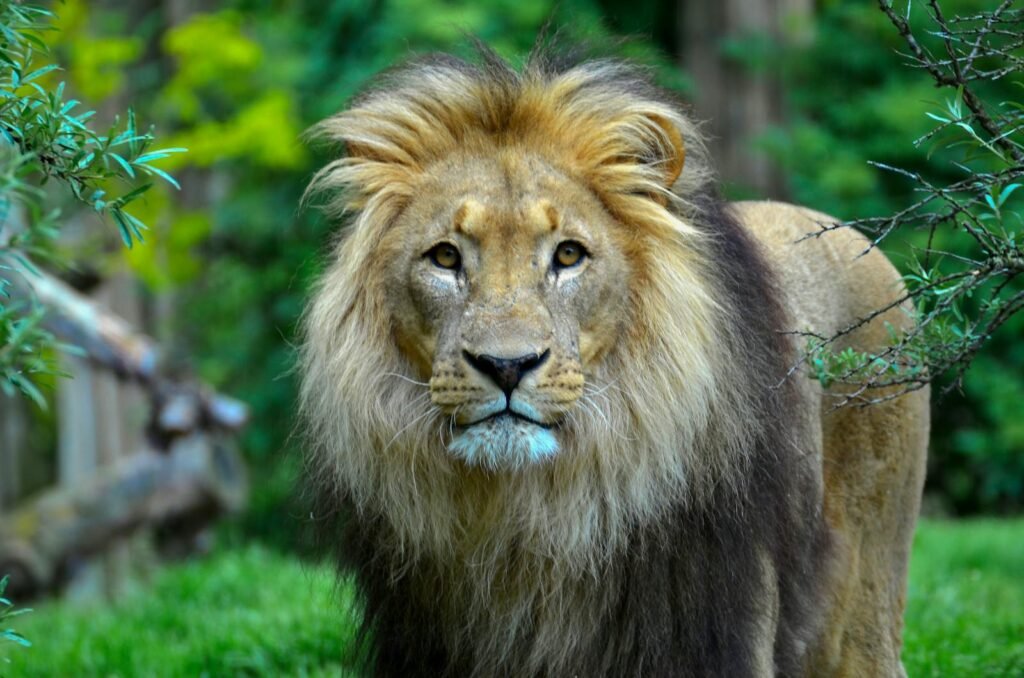
One primary reason big cats need large territories is resource availability. The expansive areas provide diverse access to prey, water, and shelter. Big cats are carnivorous and require a consistent supply of prey, which is widely distributed across large landscapes. By maintaining larger territories, these predators can ensure a steady food supply, which is crucial for their survival and reproductive success.
Social Structures and Territory Size
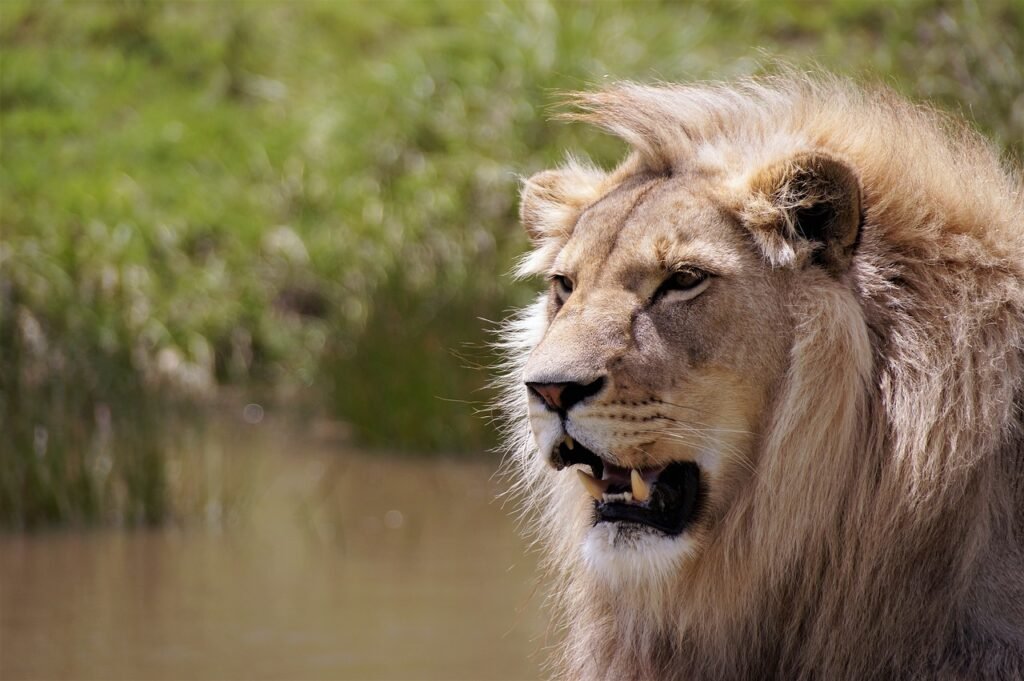
The social structure of big cats plays a significant role in determining territory size. For instance, solitary cats like tigers require large territories to avoid competition and conflict with other tigers. Conversely, lions live in prides, and their communal lifestyle allows for somewhat smaller, yet still sizable territories. The need for space also minimizes intraspecific competition for resources, ensuring that each individual or group has adequate access to what they need.
Territories as a Buffer Against Human Encroachment
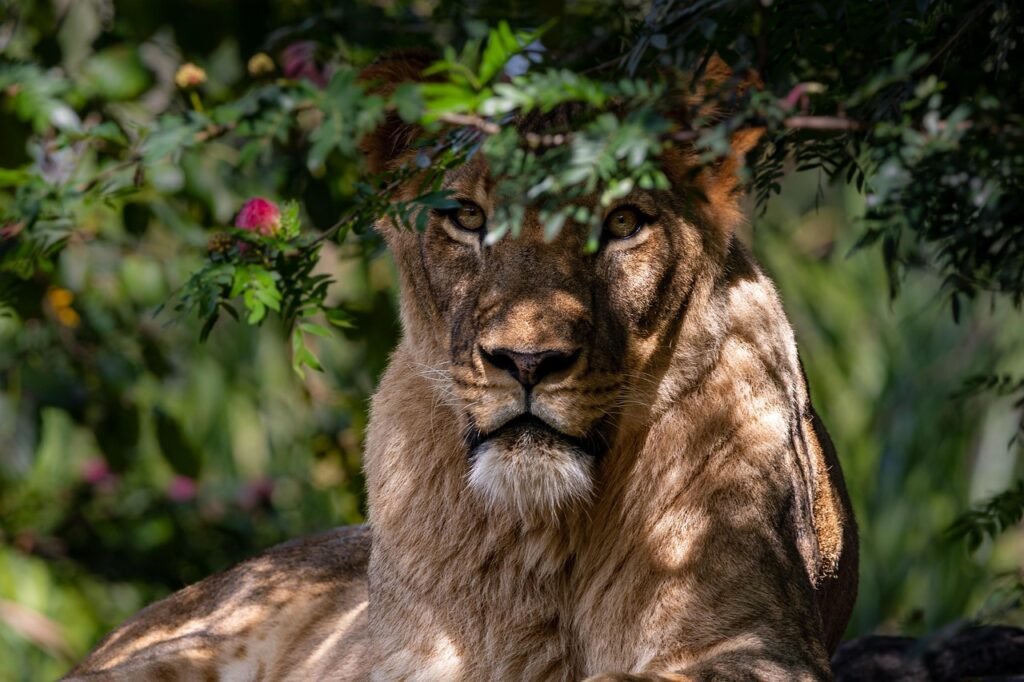
Large territories act as a buffer against human encroachment. As human populations grow and expand into previously wild areas, big cats face increased threats from habitat destruction and fragmentation. Larger territories offer big cats more options to move and adapt to changes, potentially reducing human-wildlife conflict and promoting coexistence.
Genetic Diversity and Territory Size

Large territories contribute to maintaining genetic diversity within big cat populations. Expansive areas promote gene flow by allowing individuals to roam and mate with others beyond their immediate group. This genetic diversity is crucial for the resilience and health of populations, enhancing their ability to withstand environmental changes and diseases.
Territories and Reproductive Success
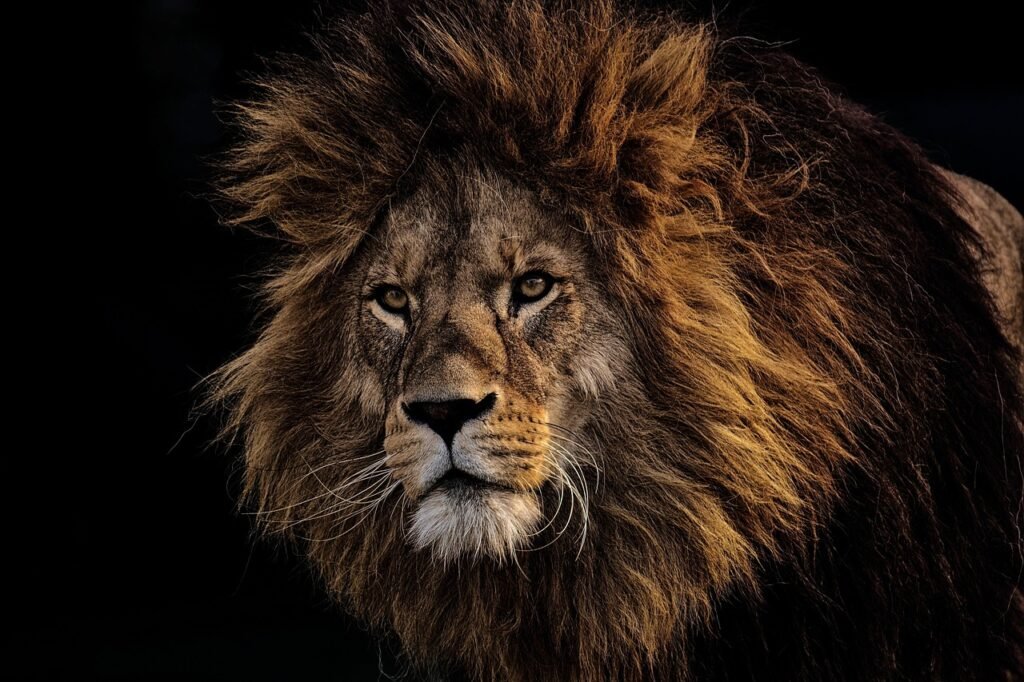
Reproductive success in big cats is closely linked to territory size. Adequate territory provides safe areas for raising offspring and ensures that mates are accessible. For males, controlling a large territory increases their attractiveness to females and allows them to siring offspring, thereby passing on their genes.
Impact of Environmental Change on Territory Requirements
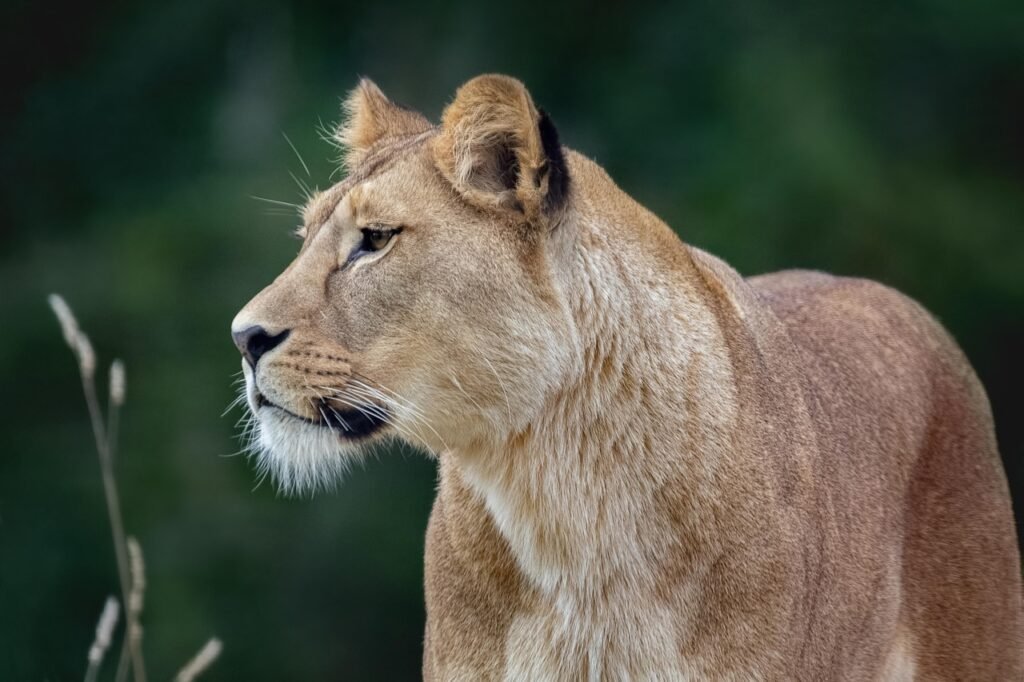
Environmental changes, such as climate change and habitat loss, have significant impacts on territory size requirements for big cats. As habitats shrink or become less hospitable, these animals might need to expand their territories in search of viable living conditions. Adapting to these changes is crucial for their survival.
The Role of Prey Density
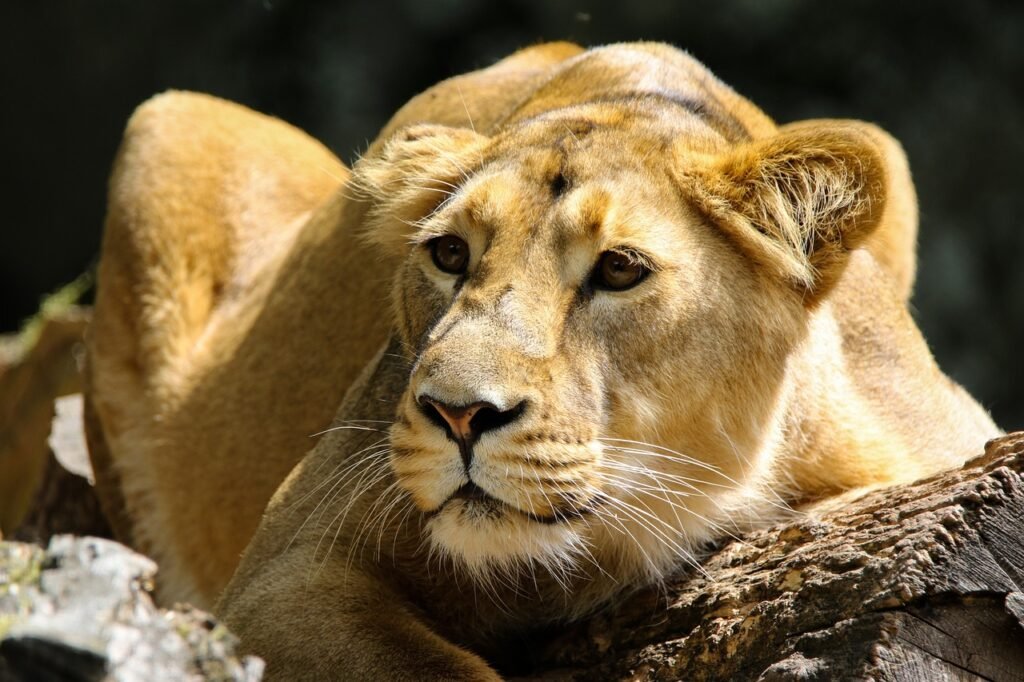
The density of prey species within a territory also influences its size. In areas with high prey density, big cats can survive in smaller territories. However, in regions where prey is scarce, they are compelled to roam larger areas to meet their dietary needs. Understanding this dynamic is essential for effective conservation efforts.
Conservation Implications of Territory Size

The need for large territories has significant implications for conservation. Protecting and preserving vast areas of habitat is crucial to ensure the survival of big cat species. Conservation efforts must prioritize creating and maintaining wildlife corridors and protected areas that support the territorial needs of these predators.
Conclusion: Ensuring the Survival of Big Cats
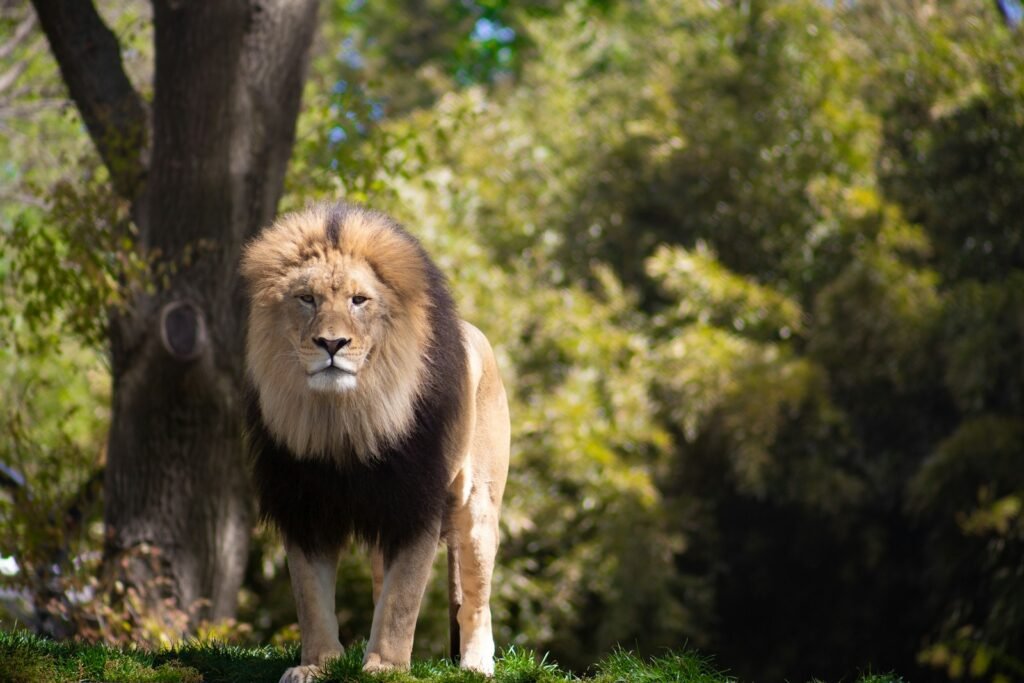
The survival of big cats is intricately tied to the size of their territories. These large, majestic predators require expansive areas to hunt, mate, and thrive, making territory size a crucial aspect of their conservation. By understanding and addressing the factors that contribute to territory requirements, conservationists can work to ensure that big cats continue to roam the wild landscapes they call home.
Hi, I’m Bola, a passionate writer and creative strategist with a knack for crafting compelling content that educates, inspires, and connects. Over the years, I’ve honed my skills across various writing fields, including content creation, copywriting, online course development, and video scriptwriting.
When I’m not at my desk, you’ll find me exploring new ideas, reading books, or brainstorming creative ways to solve challenges. I believe that words have the power to transform, and I’m here to help you leverage that power for success.
Thanks for stopping by, Keep coming to this website to checkout new articles form me. You’d always love it!






